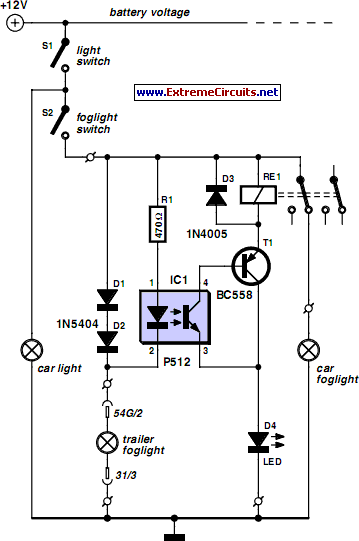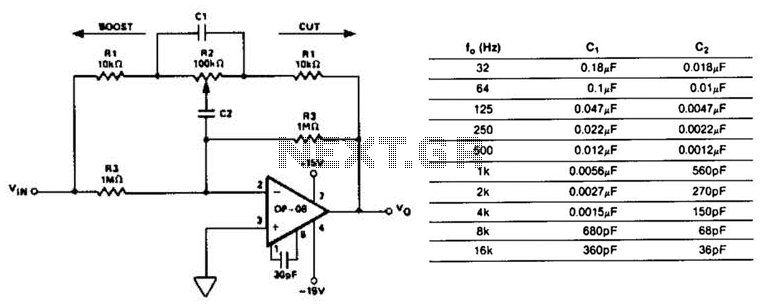
Led or Lamp Flasher Circuit

This circuit is designed to convert continuously lit lamps into flashing lights. It can be easily integrated into an existing circuit by inserting it between the lamp and the negative supply. It is particularly suitable for use with car or panel pilot lights and is capable of driving lamps with a power rating of up to 10W.
The circuit operates by utilizing a timing mechanism, typically involving a 555 timer IC configured in astable mode, which generates a square wave signal. This signal is used to control a transistor or a MOSFET that acts as a switch for the lamp. When the circuit is powered, the 555 timer oscillates, turning the lamp on and off at a predetermined frequency, thus creating the flashing effect.
The circuit can be powered by a standard 12V supply, making it ideal for automotive applications. The timing frequency can be adjusted by changing the resistor and capacitor values connected to the 555 timer, allowing for customization of the flashing rate to suit specific requirements. Additionally, the circuit may include a diode to protect against back EMF if inductive loads are used, ensuring reliability and longevity.
The implementation of this circuit is straightforward, requiring minimal components: a 555 timer IC, a few resistors, capacitors, and a switching device (transistor or MOSFET). The overall design is compact, making it easy to integrate into various applications without substantial modifications to existing wiring. This versatility makes it a valuable addition to automotive lighting systems, enhancing visibility and safety through the use of flashing indicators.This circuit was designed to provide that continuous light lamps already wired into a circuit, become flashing. Simply insert the circuit between existing lamp and negative supply. Especially suited for car or panel pilot lights, this device can drive lamps up to 10W.. 🔗 External reference
The circuit operates by utilizing a timing mechanism, typically involving a 555 timer IC configured in astable mode, which generates a square wave signal. This signal is used to control a transistor or a MOSFET that acts as a switch for the lamp. When the circuit is powered, the 555 timer oscillates, turning the lamp on and off at a predetermined frequency, thus creating the flashing effect.
The circuit can be powered by a standard 12V supply, making it ideal for automotive applications. The timing frequency can be adjusted by changing the resistor and capacitor values connected to the 555 timer, allowing for customization of the flashing rate to suit specific requirements. Additionally, the circuit may include a diode to protect against back EMF if inductive loads are used, ensuring reliability and longevity.
The implementation of this circuit is straightforward, requiring minimal components: a 555 timer IC, a few resistors, capacitors, and a switching device (transistor or MOSFET). The overall design is compact, making it easy to integrate into various applications without substantial modifications to existing wiring. This versatility makes it a valuable addition to automotive lighting systems, enhancing visibility and safety through the use of flashing indicators.This circuit was designed to provide that continuous light lamps already wired into a circuit, become flashing. Simply insert the circuit between existing lamp and negative supply. Especially suited for car or panel pilot lights, this device can drive lamps up to 10W.. 🔗 External reference





